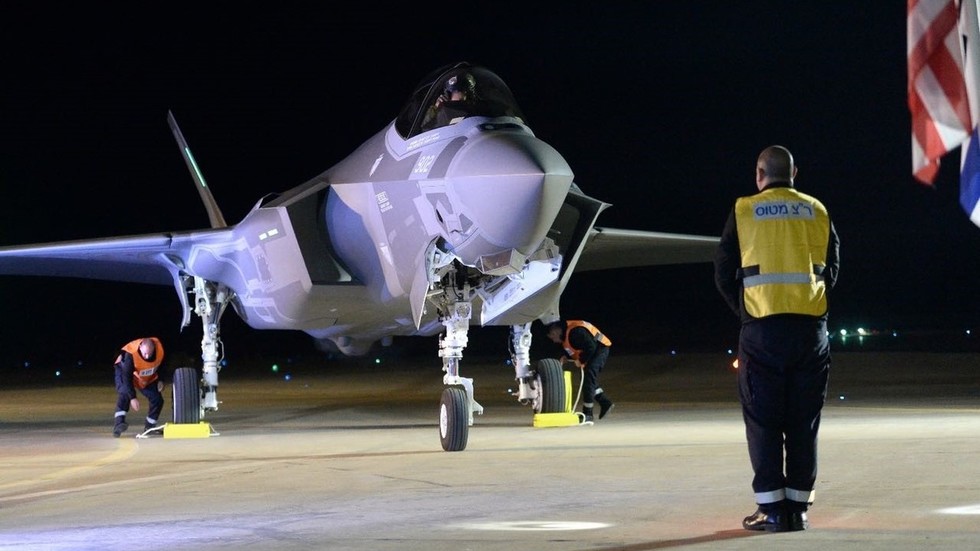In recent days, Israel has launched significant military strikes against various ports and energy infrastructures in Yemen, primarily targeting assets linked to the Houthi militant movement. This operation was described as a retaliatory measure by the Israel Defense Forces (IDF) following a surge of military provocations from the Houthis, notably a missile attack that prompted widespread alarm across Israel. IDF airstrikes reportedly focused on sites in Sanaa, Yemen’s capital, with claims that these locations were being utilized for military objectives amid rising tensions in the region. The escalation marks a serious point of conflict involving multiple parties and highlights the increasingly interconnected nature of regional hostilities.
The immediate trigger for Israel’s military action came from a missile barrage initiated by the Houthis, which caused millions of Israeli citizens to seek shelter. In the aftermath, the IDF confirmed that it conducted airstrikes targeting military-linked locations, including key energy infrastructure and ports. Eyewitness reports and statements from Houthi officials indicated that these strikes resulted in significant civilian casualties, with at least nine individuals confirmed dead, including seven in Salif’s port and two others at an oil facility in Ras Isa. Additionally, the IDF claimed to have attacked two power stations in Sanaa, which have been depicted in images shared by Houthi media representatives.
The Houthis have persistently targeted Israel with missile attacks and have attempted to enforce a naval blockade in the Red Sea, actions which they assert are designed to raise the costs of Israel’s military endeavors in Gaza. The context of these attacks relates to a broader conflict that flared after Hamas launched a deadly incursion into Israel in October 2023, prompting Israeli military retaliations in Gaza. The Houthi strategy appears motivated by solidarity with Palestinian groups and a desire to complicate Israel’s military operations, potentially prolonging the conflict and exacerbating the humanitarian crisis.
Israeli officials classify the Houthi movement as a terrorist organization and part of a wider Iranian proxy network. Israel’s strategic posture revolves around the notion of deterring threats posed not only to its national security but also to international maritime traffic in the region. This concern reflects broader fears about the Houthis’ capabilities to target commercial vessels transiting critical maritime passages, which could have far-reaching implications for global shipping and trade routes.
Despite the significant strikes against them, Houthi representatives remain defiant, asserting that recent attacks will not diminish their commitment to supporting the Palestinian cause. Nasruddin Amer, a Houthi media official, emphasized that the group would continue its military efforts against Israel without yielding to external pressures. This response underscores the persistent cycle of retaliation and conflict that characterizes the dynamics in the Middle East, where local grievances often intersect with international geopolitical rivalries.
Meanwhile, the United States has also been active in the region, conducting its operations in Yemen, which it claims are aimed at protecting navigation rights and countering threats to its allies, specifically Israel. This multifaceted conflict illustrates the complexities arising from local insurgencies, proxy wars, and global power interests, making resolution challenging. The situation remains precarious as regional tensions continue to escalate, with numerous actors involved, and the prospects for peace seem increasingly remote amidst ongoing violence and instability.

